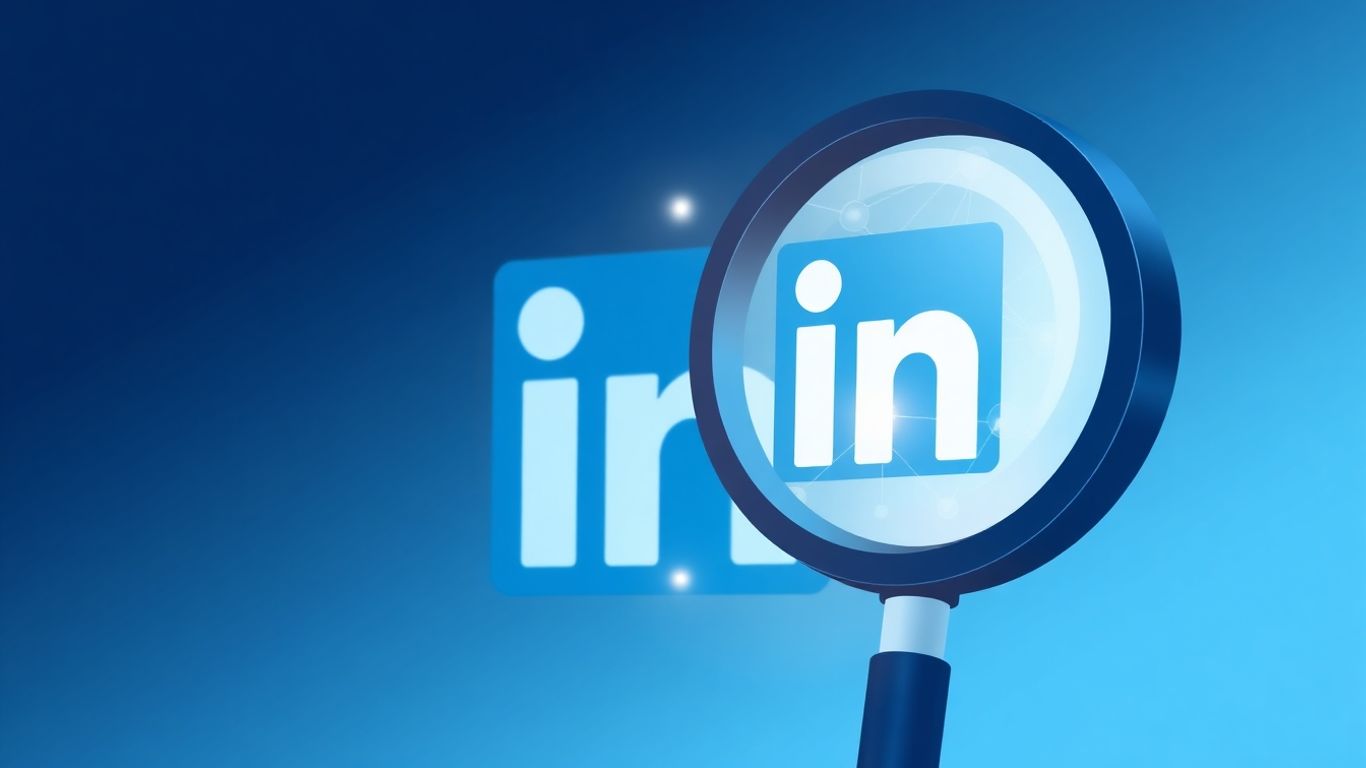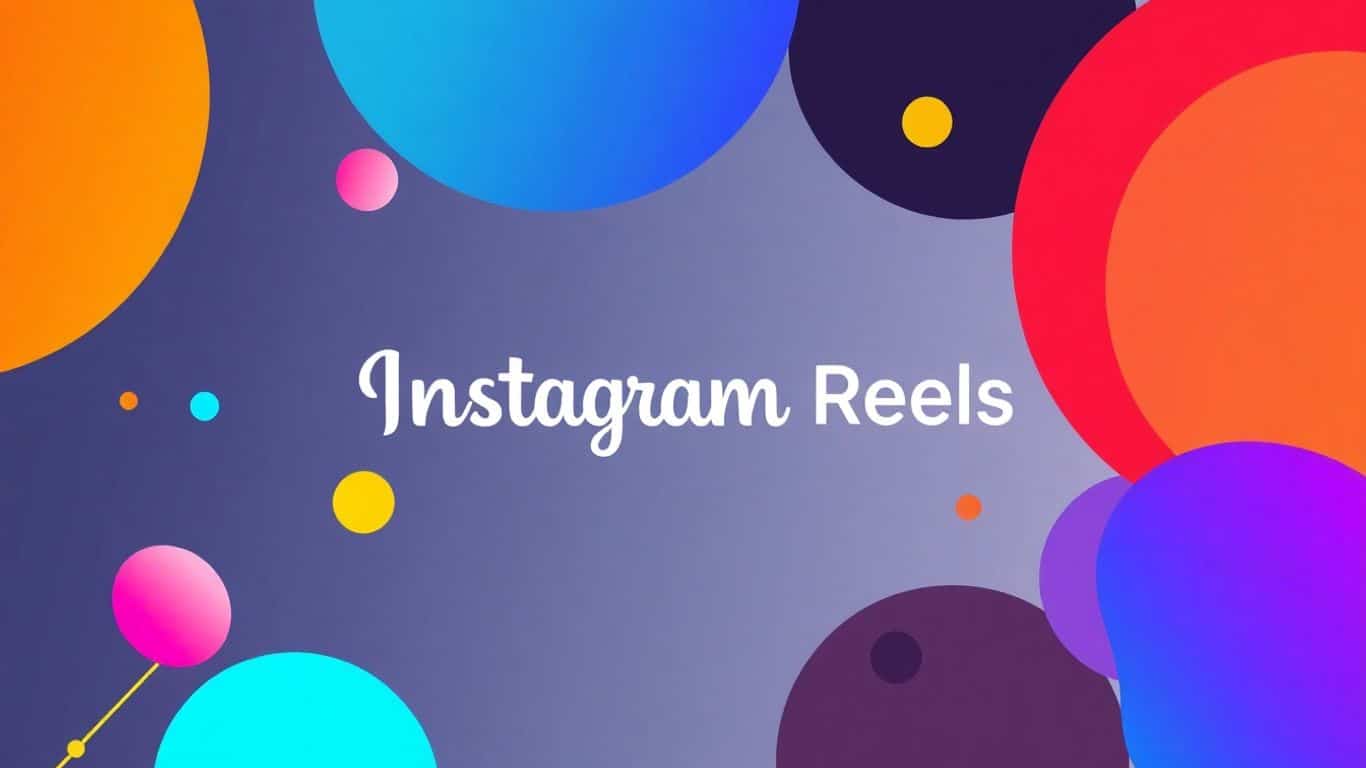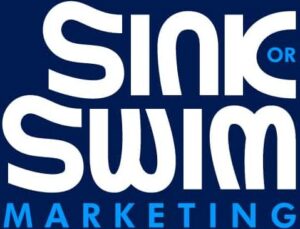Microsoft is aggressively integrating artificial intelligence into its advertising strategy, aiming to challenge Google’s long-standing dominance in the online ad market. By leveraging new ad formats within AI-powered search experiences like Bing Copilot and exploring novel revenue streams, Microsoft is poised to reshape the digital advertising landscape.
Key Takeaways
- Microsoft is actively integrating AI into its advertising, creating new ad formats and revenue opportunities.
- This strategy directly challenges Google’s established position in the search advertising market.
- Early results suggest AI-driven ads in Bing Copilot are seeing higher click-through rates.
- Concerns around user privacy and ad transparency in AI-generated content are emerging.
The AI-Powered Advertising Push
Microsoft’s new advertising strategy centers on its AI-powered Bing search engine and its chatbot, Copilot. Unlike traditional search ads tied to keywords, Copilot ads can be influenced by conversational history, auto-generated prompts, and the AI’s own responses. This allows for a more dynamic and potentially more relevant ad experience. Microsoft reports that users click on ads within Copilot at nearly twice the rate of traditional search ads, indicating a strong user engagement with these new formats.
Challenging Google's Dominance
Google has long been the undisputed leader in search advertising, a market worth billions. However, Microsoft’s AI advancements, particularly through its partnership with OpenAI, present a significant challenge. Microsoft estimates that for every percentage point of search market share it gains, it can generate an additional $2 billion in revenue. This aggressive push aims to capture a larger share of the digital ad spend, which has seen a slowdown recently, intensifying competition.
Evolving Ad Formats and User Experience
Microsoft is experimenting with various ad formats within its AI features, including simple text ads, product image carousels, sponsored links embedded in AI summaries, and multimedia widgets for tasks like booking travel or comparing cars. While the goal is to make ads more integral and less intrusive, early testing has revealed instances of irrelevant or poorly disclosed ads. Microsoft acknowledges these issues and is working to refine the ad experience, aiming for "highly relevant" placements.
Privacy and Transparency Concerns
The integration of AI into search and advertising also raises important questions about user privacy. As AI models learn from vast amounts of data, including user interactions, concerns exist about how this data is used for ad targeting. While Microsoft emphasizes its commitment to privacy and data anonymization, the opaque nature of AI-driven ad selection and the potential for blending sponsored content with organic recommendations are areas that require careful monitoring and clear communication with users.
The Future of Search Advertising
Microsoft’s strategic move into AI-driven advertising signifies a major shift in the industry. As both Microsoft and Google continue to develop their AI capabilities, advertisers will need to adapt their strategies to this evolving landscape. The focus is shifting from simple keyword targeting to understanding user intent within complex conversational contexts, promising a future where search advertising is more personalized, dynamic, and potentially more effective, albeit with new challenges to navigate.
Sources
- As Google Targets AI Search Ads, It Could Learn a Lot From Bing, WIRED.
- Microsoft and Google Are in a Battle Over Online Ads, Business Insider.
- Bing Chat Ads Will Start The ChatGPT Privacy Discussion We Desperately Need, Boy Genius Report.
- Microsoft expands ad business beyond Bing search results with help from LinkedIn data and AI – GeekWire, GeekWire.
- How Much Microsoft’s ChatGPT-Powered Bing Can Steal in Search Advertising From Google, Business Insider.
















